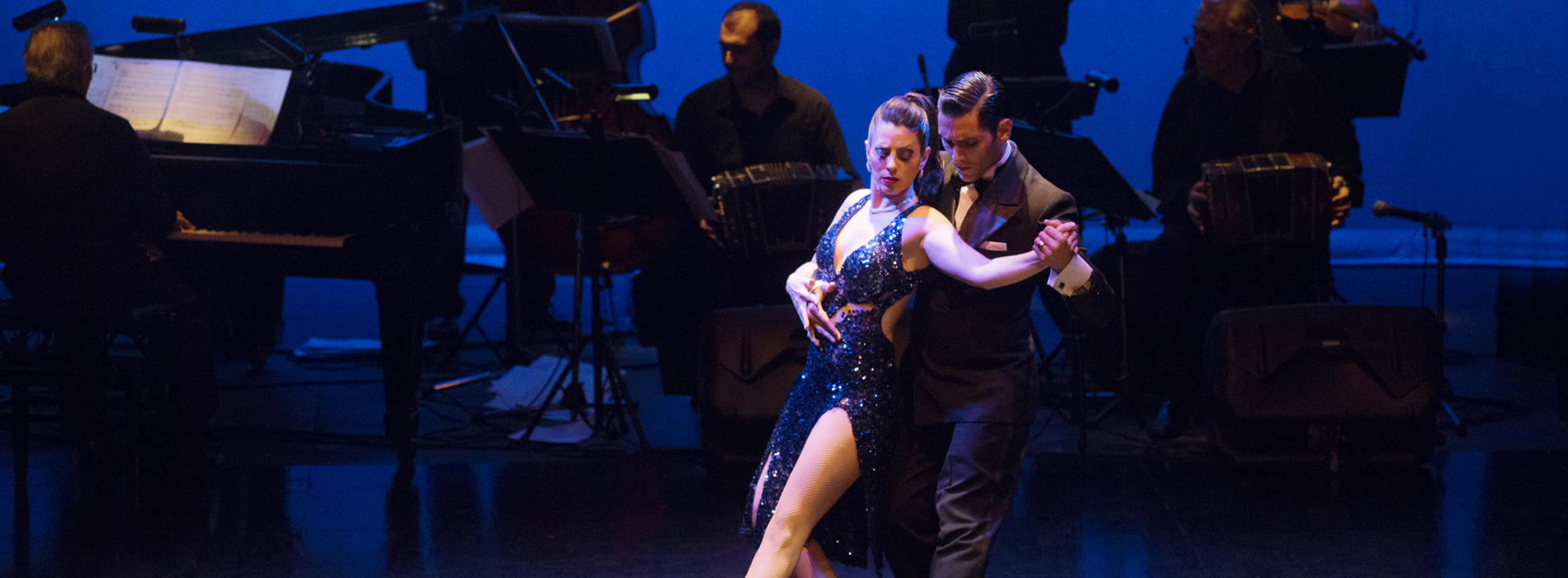
Tango Balance: 3 Stability Tips for Pivoting (Tango Technique)
Many pivoting steps are used in Argentine tango, in which you rotate your body to the left (or right) before or after a step and raise your heel off the floor. The twist causes your body to spin in the same direction as the twist on your ball of the foot. Controlling the pace and force of the twist, as well as dropping your heel to the floor when you’ve reached the desired stop point, will bring the spin to a halt.
Pivots are an important aspect of Argentine tango dancing since many figures and motions require sturdy and well-balanced pivots. In this article, we will go over the stability tips for pivoting but first, let’s discuss a few important things to remember while practicing it.
Don’t look down
This is a typical blunder, especially among people who are just learning to tango. Keep in mind that the head is a weighty part of the body, therefore moving it down throws off one’s balance and axis. Instead, keep the head and spine in the same straight line. When one is standing in a straight line, the shoulders, ears, hips, and ankles are all aligned.
Hip balance
Keep your hips parallel to the ground. Most beginners pivot with their hips, which can result in falls.
Control the ankle
Maintain ankle control. Because one’s ankles may tend to go to the side when pivoting, make sure one’s weight is evenly distributed between both feet. Keep an eye on where your ankle goes, whether it’s within or outward. Both leaders and followers are affected by this.
Weight transfer
Pivot only once your weight has been entirely shifted. Only when one has fully entered their axis should the pivot be established.
Control one’s direction with dissociation
Dissociation allows one to control one’s direction. To pivot in a particular direction, one must first get to the center of their separation. There is less control if the pivot is started with the entire body.
Relax one’s knees, toes, and hips
Knees, toes, and hips should all be relaxed. Too much straightening of the legs might lock the knees, resulting in more stilted movement. Relax the joints instead, as this will give you more flexibility and control. It’s more difficult to pivot with straight legs.
Keep the free leg in contact with the floor
Maintain contact with the floor with the free leg. This will aid in the maintenance of equilibrium and stability. Pivoting with one leg higher can be creative or embellishing, but it’s more difficult to stay balanced in that position.
Because pivots are frequently employed in tango dancing movements, the pivot must be stable, confident, and serene. This can make a significant difference in the dance and give you more control over your embrace.
Tips for good pivoting in Argentine Tango
Build your body map
Your moves will improve if you spend some time solely concentrating on the pivots. Finding out which muscles in your body work together to generate a good pivot will help you create your own “body map” of how the body functions. Then, if anything isn’t working, YOU can figure out what’s wrong and repair it. It’s crucial to have a competent teacher, but that individual can’t follow you around the dance floor, pointing out when you’ve done something correctly or when you’ve made a mistake.
Your moves will improve if you spend some time solely concentrating on the pivots. Finding out which muscles in your body work together to generate a good pivot will help you create your own “body map” of how the body functions. Then, if anything isn’t working, YOU can figure out what’s wrong and solve it. It’s crucial to have a competent teacher, but that individual can’t follow you around the dance floor, pointing out when you’ve done something correctly or when you’ve made a mistake.
Don’t fake balance, discover your axe
Because you can adjust by bending your standing knee, you will feel more balanced. Keep it straight; you’ll have no choice but to find out where your axe is. If you regain control of your axe, you can bend it again.
Compass Technic
With your feet, form a V on the floor, with one leg free. As a result, you won’t tumble sideways. Keep the majority of your weight on your metatarsals rather than your heel; if you pivot on your toes, you will tumble forward. You’re now drawing a circle around your standing metatarsals with your standing heel and free leg as a pencil.
Finally, collaborate with a partner to pivot. When pivoting, the partner does provide some support in the form of an embrace, but we are mostly responsible for maintaining our axis and balance. Try pivoting together at the same time for an added difficulty.
The upper body is usually maintained separate (or isolated) from the lower body; the lower body is the one that pivots and changes direction. We prefer to keep our upper half facing and connected to our partner as much as feasible.
About US (Argentina Tango)
Here at Argentina Tango we sell packages that are specially customized to our customer’s needs. We also provide Tango classes to individuals who do not want the packages and only want Tango classes. Our dance teachers have the best training to ensure your dance experience is fun and relaxed. Here at Argentina Tango you can book your accommodation, transfer, tours wherever you want and book just Tango classes with us if this is what you want. We are completely flexible towards our customer’s interest so please get in touch with us today.









